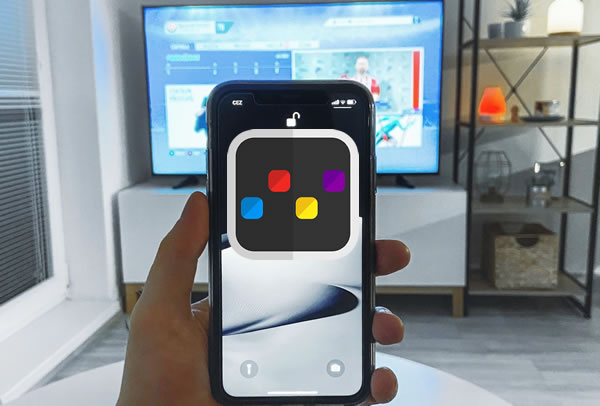Due to COVID, we’ve all had to adapt to changes, and rather quickly. Our lives, work, and relationships have all been re-defined, and many are still searching for some equal footing that closely resembles life as we knew it. Businesses and industries have also been forced to adapt to new rules, including temporary closures and social distancing. The one silver lining for many companies was the implementation of digital infrastructures and digital marketing to support e-commerce revenue streams.
Even before the pandemic, businesses were investing heavily in their online presence as a way to keep up with emerging technologies and gain ground on lost sales and revenues from brick and mortar stores. Innovation became a necessity of survival and not a luxury of steady growth.
Re-defining the Rules of Omnichannel Engagement
Thanks to the internet, mobile phone and smartphone proliferation, there are nearly 5 billion cell phone subscribers in the world today. For good or bad, almost every person is glued to their mobile devices, which has interestingly launched an entirely new set of medical and health disorders. The effects of COVID have simply added fuel to an already blazing fire as societies are now required to limit human interaction and rely on remote locations for work, connecting with family and friends, or shopping for goods and services. This is where omnichannel communication programs got interesting, and companies and customers started to notice safety and convenience. From this, new rules of engagement were born.
Engagement Parameters Widen
Omnichannel marketers were faced with a series of challenges in the new normal, but they also knew that existing technologies – many in beta phases – were available for wide-scale use. One of the first riddles to solve was how to increase engagement within the new social distancing and stay-at-home orders. This led to an exclusive focus on optimizing the mobile experience even further than before.
Older technologies like QR readers that had somewhat faded away started to re-emerge but with more powerful application powers. QR readers evolved into DRV (digital response video) readers, which amplified the distance of connectivity (150 to 1 ratio) and added in computer readers and augmented reality overlays DRV and enabled end-users to scan codes seamlessly without switching brand apps. DRV technology, such as Scanit, added a new avenue for omnichannel marketers to reach audiences through interactive digital billboards and digital ad tracking programs. The reliance on ad tracking added another level to construct messaging, analyze conversion rates, and validate messaging tactics. In the new normal, determining customer insights and buying patterns was a clean slate that had to be re-examined and discovered all over again.
Bringing the World Closer Together Through Contactless Connections
The trail of COVID’s destructive path ushered in the era of a contactless society. For omnichannel marketers, the challenge was restoring consumer confidence in products and services that were once important. The goal for many brands and small to medium-sized businesses was keeping relevance, expand profitability, and find a way to contribute positively to the communities they serve.
With these goals in mind, interactive digital signage has surged as a preferred channel to deliver brand messages to existing and new customers. However, digital advertising is not cheap and must demonstrate a viable investment return before brands will fully embrace this method. Despite the cost, digital signage has its benefits, especially when targeting large crowds such as outdoor shopping plazas, sports complexes, or live outdoor venues.
Utilizing digital signage to connect people with their favorite brands while providing enough space for safe social distancing measures is a win-win. DRV technology is currently the only platform that consumers can use to interact with digital signage from smartphones and safe distances. DRV technology easily integrates with digital billboards and signage, providing marketers with an authentic and meaningful way to interact with their customers from a safe distance. This technology is particularly relevant when launching new brand loyalty programs or geotagging promotional ad campaigns. This technology also allows brands to collect and analyze real-time analytics and rewards programs to track customer spending patterns, meticulously track ad viability, and report back ROI to the C-suite.
Digital Thoughts While Social Distancing
Innovating new ideas is not a new concept, especially in the digital age and at the rate emerging technologies hit the open market. In the age of COVID, innovation breeds survival, and the stakes are much higher. Boom or bust is the name of the new game, at least for now, but there are technologies in existence that can help brands continue to reach their customers in an interactive, meaningful way.
What hasn’t changed is the foundation of marketing principles – contacting customers where they are. Today that means reaching them at home, through email marketing programs, and at safe distances. Digital knows no barriers, and social distancing means nothing to today’s available marketing technologies. The power still exists to create an idea in your mind, and have it delivered into the mobile device of choice that the consumer holds in their hand.
















Comments are closed.